Welcome back to Part 3 of our design deep dive.
Last time, we explored the hybrid terrain of eclecticism, Japandi calm, rustic warmth, and industrial grit. This week, we’re shifting gears… into reverence, romance, and rawness.
We're exploring styles that are deeply rooted in time, honoring classical proportions, ornate storytelling, and philosophical imperfection. Think grand columns and symmetry, lace-trimmed drapery, and cracked plaster with soul.
Let’s step into the layered worlds of Neoclassical, Victorian, and Wabi-Sabi.
Neoclassical
Rooted in the mid-18th century, Neoclassical design was a deliberate return to the classical orders of ancient Greece and Rome. It pushed back against the ornate flamboyance of Baroque and Rococo, favoring balance, rationality, and restraint.
In interior spaces, this translates to strong axial symmetry, noble materials like marble and stone, fluted columns, and classical motifs such as laurel wreaths, urns, and Greek keys. The color palette is typically subdued, chalky whites, muted blues, dusky greens, and aged gold.
While deeply rooted in tradition, Neoclassical interiors today are often reinterpreted through a minimalist lens. They maintain proportion and structure but soften the drama.
This single-family villa embodies neoclassical elegance while maintaining a sense of openness and lightness. The design is rooted in symmetry and proportion, with classical columns and decorative moldings framing the façade. Inside, the open-plan layout encourages fluid movement and interaction, while large windows and carefully placed openings flood the space with natural light, enhancing the airy ambiance. High-quality materials elevate the design, adding a subtle opulence without overwhelming the senses. The result is a home that marries timeless neoclassical detailing with a fresh, modern approach - refined, balanced, and full of light.


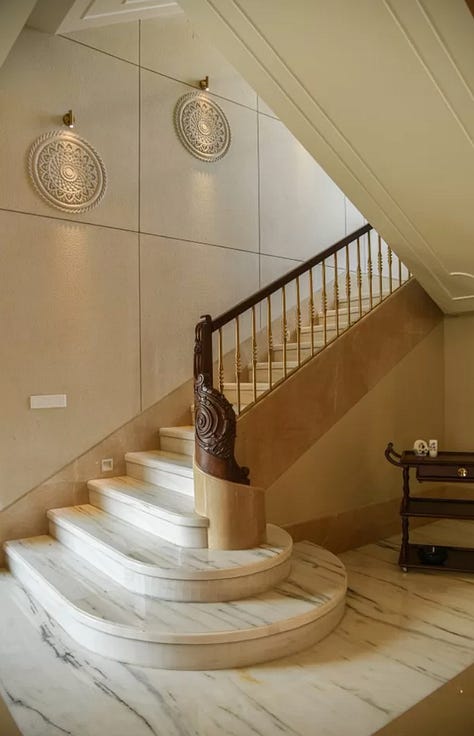



In a commercial context, Verde Sazón Restaurant (Estudio Well Interiorismo, 2022) offers a refined take on casual dining through the lens of Italian Neoclassicism. Located in Providencia, Santiago de Chile, the space blends classical elements such as arched doorways, sculptural columns, polished marble with a modern sensibility. The exterior remains intentionally understated, echoing the restraint of its stylistic roots while allowing greenery and architectural rhythm to shine. Inside, traditional motifs are reimagined through contemporary detailing: murals, niches, and symmetry are present but softened with clean finishes. It’s a compelling study in how timeless architectural language can be adapted to create fresh, approachable spaces.
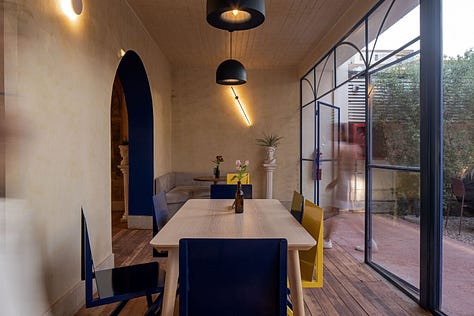
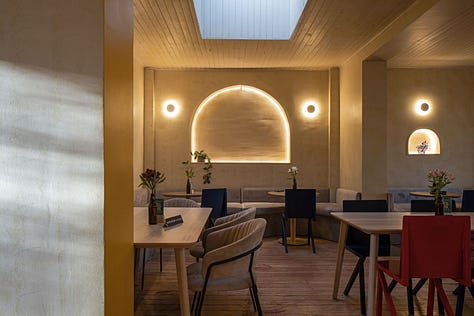

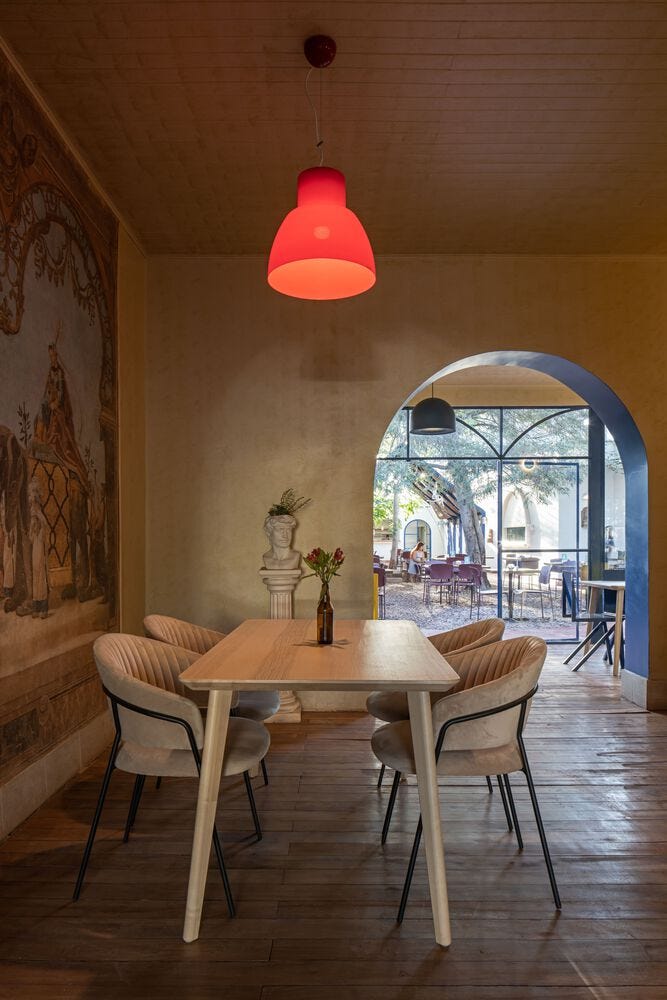
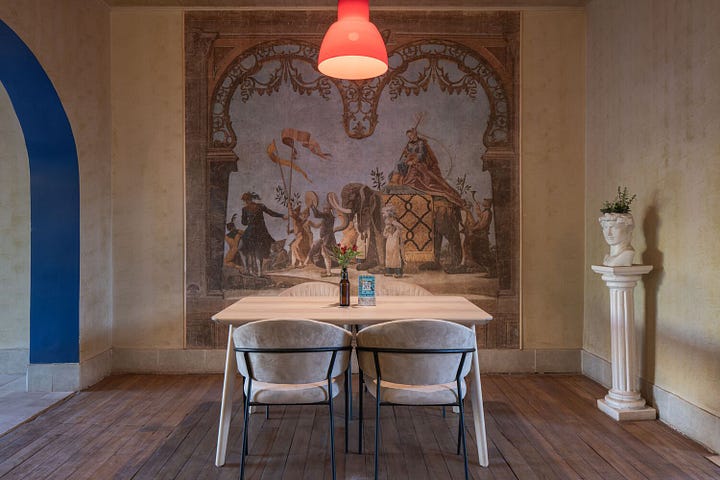
Victorian
Victorian design thrived in an age of industrial revolution, colonial expansion, and cultural curiosity. The style, which spans from the 1830s to the early 1900s, is a visual tapestry of revivalist influences - Gothic, Rococo, East Asian, and Classical, all blended with unapologetic richness.
Expect dark wood, stained glass, damask wallpaper, and heavy drapes. Furniture is often ornate and curved, surfaces patterned and layered. Each room carries a mood. A story. A sense of drama.
Take the Victorian Townhouse in Highgate, London, redesigned by LLI Design. This classic three-storey terrace preserves the soul of the era. with intricate ceiling moldings, original fireplaces, and sweeping high ceilings, while weaving in a contemporary narrative. The designers retained the home’s historic framework but introduced understated modern elements: clean-lined cabinetry, layered lighting, and subtle material contrasts. A matte black staircase balustrade and smoked glass accents balance the ornate with the minimal, allowing the Victorian bones to breathe in a modern context




Similarly, the Village Belle Hotel in St Kilda blends Victorian charm with contemporary design in a way that feels both grounded and current. Originally built in the late 19th century, the pub’s restoration preserves details like stained-glass windows, tin ceilings, ornate woodwork, and patterned tiles, while subtly updating the traditional front bar for better comfort and flow. A modern twist comes with the addition of a glass-roofed, open-air beer garden—light-filled and contemporary, it plays against the richness of the heritage interiors. The result is a space that honors its Victorian legacy while fully embracing the needs of a modern hospitality venue.
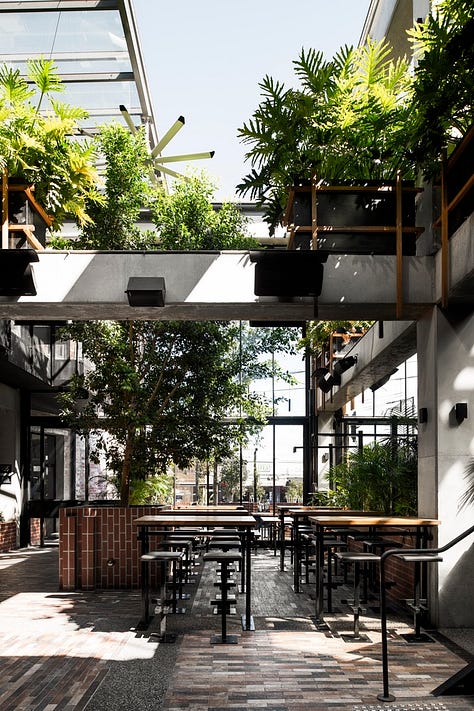
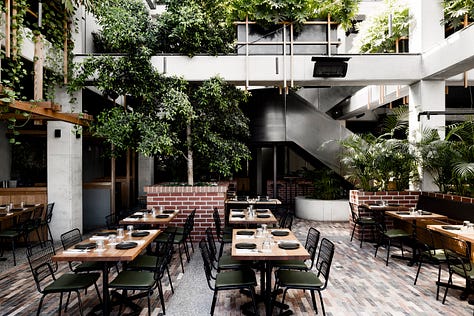
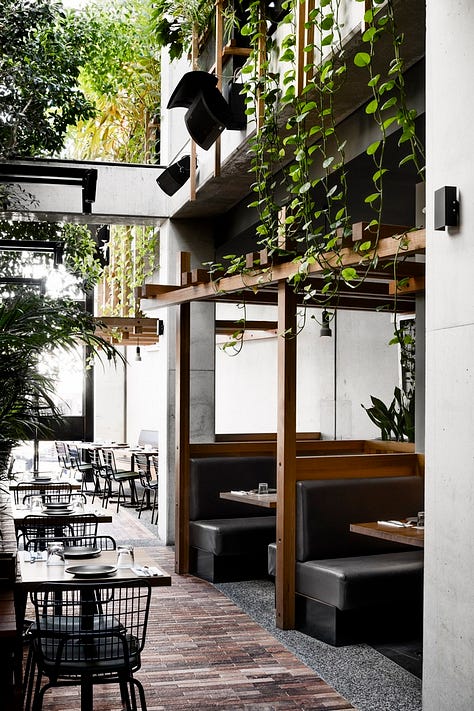

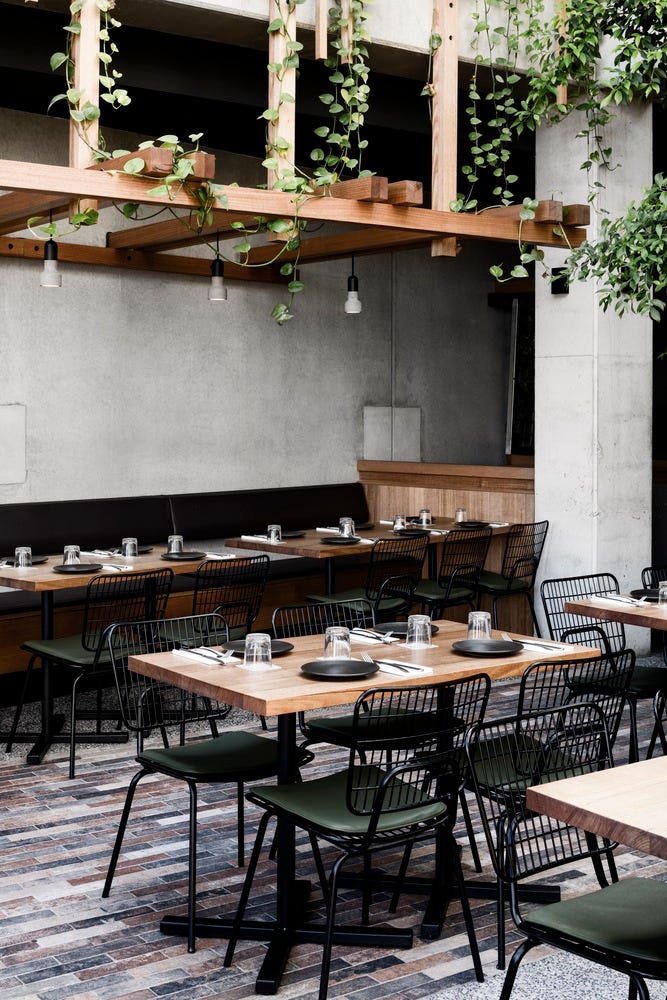
Wabi-Sabi
Wabi-Sabi is a Japanese aesthetic philosophy rooted in Zen Buddhism, encouraging us to find beauty in imperfection, impermanence, and authenticity. Unlike styles built on symmetry or polish, Wabi-Sabi honors the worn, the weathered, the handmade. It’s an embrace of quiet, humble materials and the passage of time.
In practice, Wabi-Sabi interiors are defined by natural textures, organic shapes, and subdued, earthy palettes. You’ll see cracked plaster walls, unfinished timber, linen textiles, and ceramic vessels with visible irregularities.
The Wabi-Sabi Residence by Sparano + Mooney Architecture captures this philosophy with quiet precision. Perched on a steep canyon in Salt Lake City, the home unfolds in two cantilevered wings, one dark cedar-clad volume housing private bedrooms, the other oriented toward sweeping mountain and city views. Clad in vertical Western Red Cedar, sorted to reduce waste and age naturally, the structure blends effortlessly into its rugged landscape. Inside, raw materials take center stage: wide plank wood ceilings, large stone tiles, and unadorned finishes that invite calm rather than command attention. Generous operable windows open the space to shifting light and seasonal change. Rooted in the Wabi-Sabi ethos of impermanence and imperfection, this is a home that doesn’t seek to dominate its surroundings, but instead settles into them… simple, quiet, and profoundly in tune with nature.
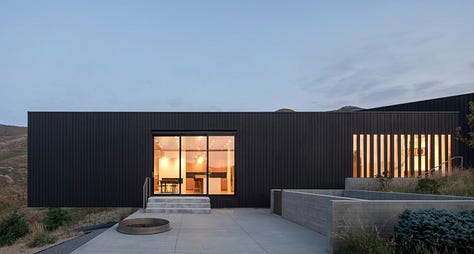
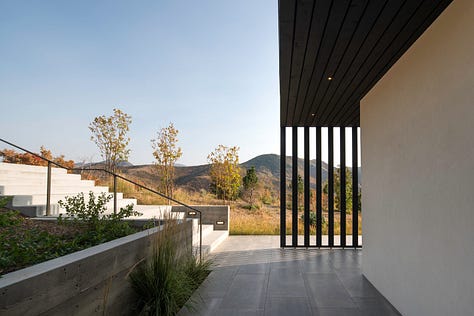
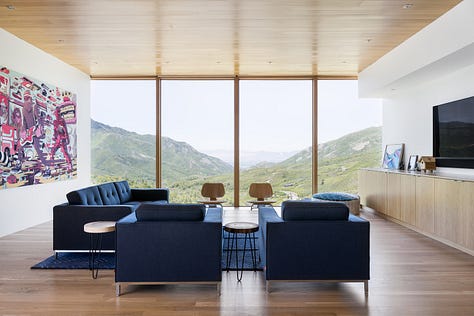

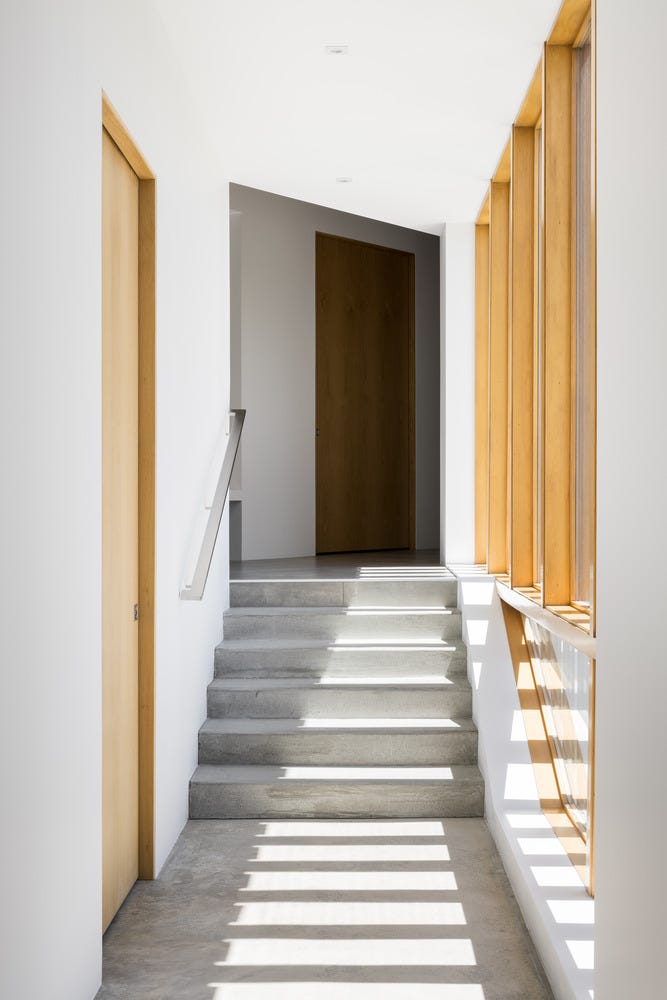
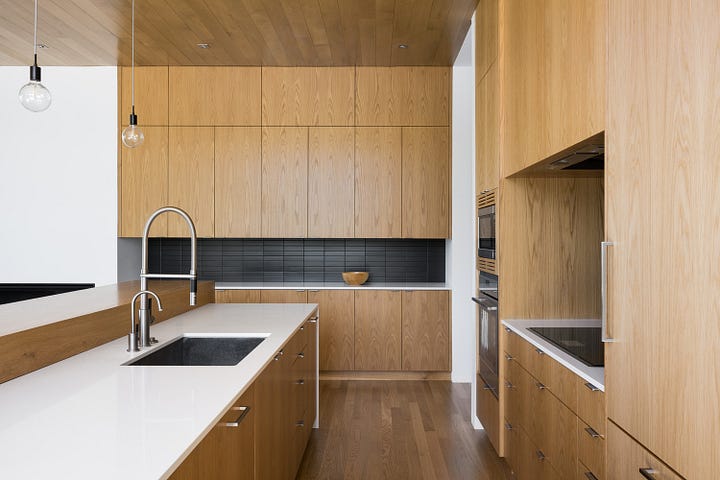
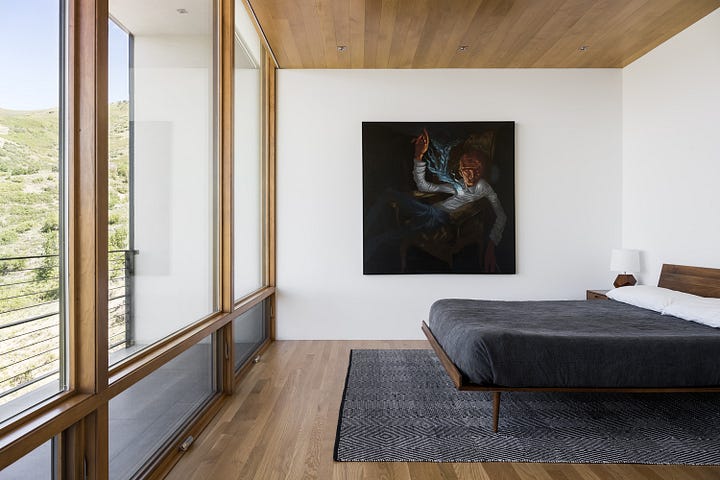
In hospitality, Anello Restaurant in Tucson, designed by space BUREAU, channels Wabi-Sabi through its embrace of raw materials, time-worn textures, and quiet restraint. Tucked into a historic Victorian-era block, the compact dining space centers around a hand-built brick pizza oven left deliberately un-tiled and coated in gray plaster to show its aging over time. Warmth comes from the tactile use of wood: rough-sawn Douglas fir frames the storefront and ceiling slats, while smooth maple forms a single communal table that invites shared experience. Steel shelving, modest lighting, and a pared-back material palette complete the interior. The result is a restaurant that feels both grounded and contemplative, a place where imperfection isn’t hidden but honored, and where simplicity becomes its own kind of luxury.
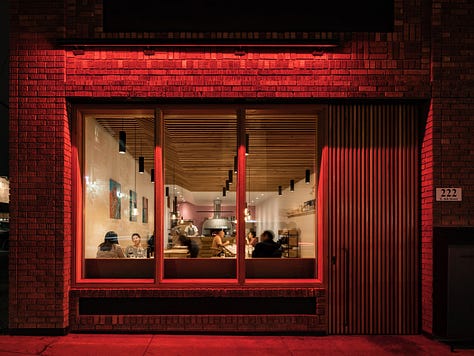
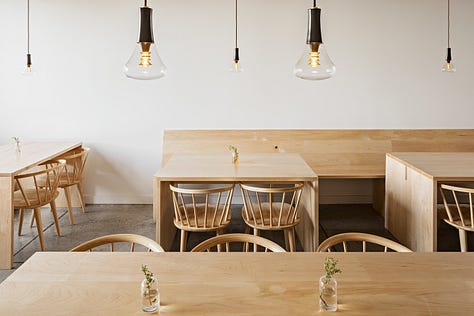

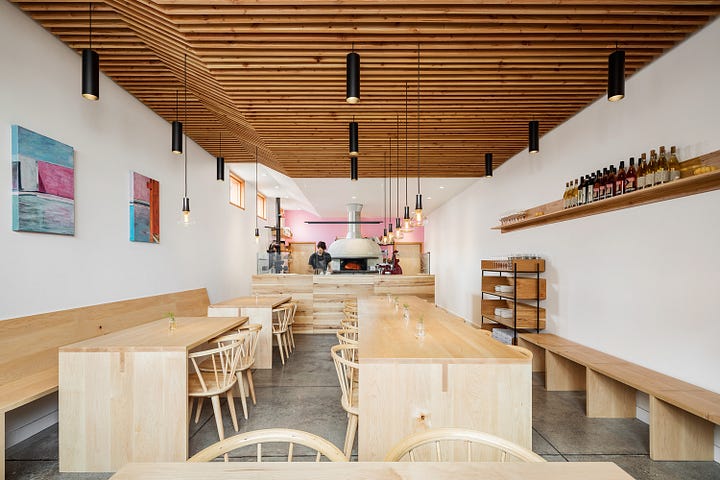

From the structured elegance of Neoclassical to the layered romance of Victorian interiors, and the soulful stillness of Wabi-Sabi, we’ve explored how design can anchor us in history, slow us down, and awaken our senses.
From the vibrant mixing of eclecticism to the raw authenticity of industrial design, the tranquil elegance of Japandi to the earthy charm of rustic spaces, we’ve explored how these styles weave together cultural narratives, embrace imperfections, and celebrate the beauty of tactile experiences. Each one offers a distinct way of living and designing that grounds us in our surroundings, while still pushing the boundaries of what’s possible in interior spaces.
If you’ve enjoyed this exploration into the world of design, there’s always more to discover.
Stay tuned for future deep dives!



